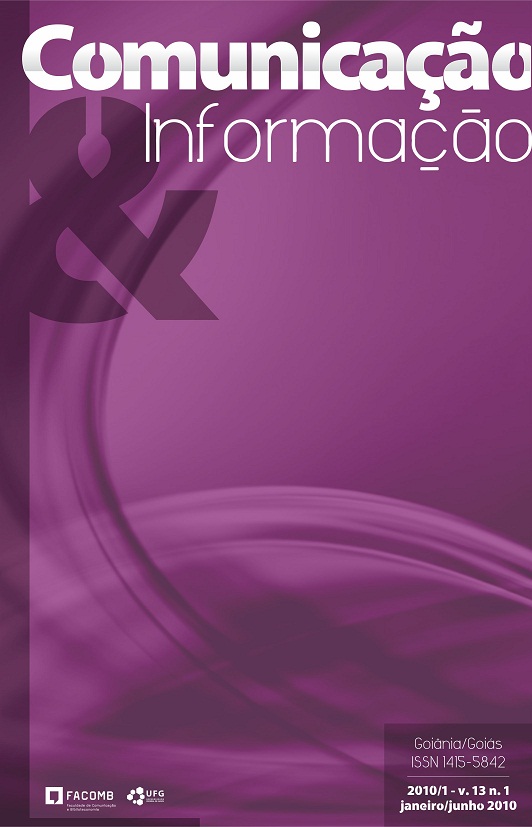The advertising rhetorical language: acomparative analys
DOI:
https://doi.org/10.5216/c&i.v13i1.19283Keywords:
Advertising. Rhetoric. Aristotle. Advertising language. Rhetorical system. Persuasion.Abstract
The rhetoric has been used as a persuasive tool since the AncientGreece, and now, in the XX and XXI centuries, it has returned alongwith the mass media and their use for advertising brands and products.This article seeks to understand the relations between the advertisinglanguage and the rhetorical system developed by Aristotle,going through all their stages: Invention (heurésis), Disposition (taxis),Elocution (lexis), Action (hypocrisis). It will also be said how advertisinguses rhetorical arguments and style to pursue persuasion, along with the relation between the ad text and etos, patos and logos, to finally see that advertising, as a persuasive discourse by essence, uses a lot much more from rhetoric that their creative people imagine.Downloads
Downloads
Published
How to Cite
Issue
Section
License
Os autores dos trabalhos publicados na revista Comunicação e Informação retêm os direitos autorais sem restrições e concedem à revista o direito de primeira publicação, com o trabalho simultâneo licenciado sob a Licença Creative Commons Atribuição-NãoComercial que permite o compartilhamento do trabalho para fins não comerciais com reconhecimento da autoria e o privilégio de publicação primeiramente por esta revista. Caso o texto venha a ser publicado posteriormente em outro veículo, solicita-se aos autores informar que o mesmo foi originalmente publicado como artigo na revista Perspectiva, bem como citar as referências bibliográficas completas dessa publicação.
Os direitos autorais dos artigos pertencem aos autores e o conteúdo dos artigos assinados é de responsabilidade exclusiva dos autores.
A revista se reserva o direito de efetuar, nos originais, alterações de ordem normativa, ortográfica e gramatical, com o intuito de manter o padrão culto da língua, respeitando, porém, o estilo dos autores.
A revista também se reserva o direito de traduzir o artigo, no todo ou em parte, para o inglês ou para o português, dependendo do idioma em que o artigo tenha sido escrito originalmente.



